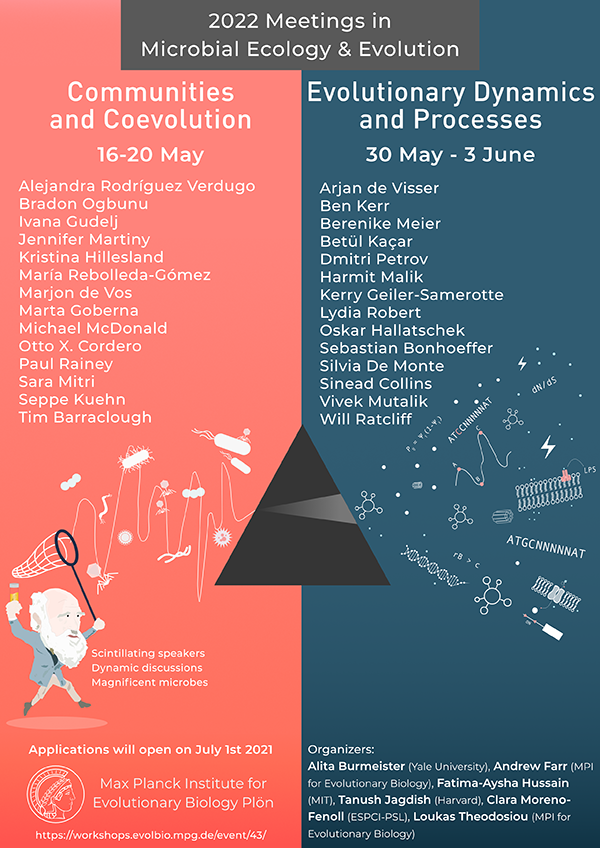Speaker
Description
Synthetic communities provide a proxy to reveal the ecological interaction between microbes, including metabolic cross feeding and inter-species signals that influence growth and differentiation. Among these laboratory communities, biofilm retains a spatially organized niche. We have recently demonstrated how metabolic interaction between Bacilli and Pseudomonads in biofilms is translated to improved plant growth promotion compared with seeding a single strain (Sun et al 2021 ISME J). Using bioinformatic, genetic, transcriptomic, and metabonomic analyses, we could uncover syntrophic cooperation between Bacillus velezensis and indigenous Pseudomonas stutzeri in the cucumber rhizosphere. Such synergistic interaction of these two species is highly environmental dependent, the emergence of syntrophic cooperation was only evident in a static nutrient-rich niche, such as pellicle biofilm in addition to the rhizosphere. Capitalizing on our understanding of the ecology in this synthetic community, we further demonstrate that the presence of P. stutzeri alters the evolutionary diversification and fitness of evolving B. velezensis biofilm populations. Specifically, compared with the single species biofilm evolutionary path of B. velezensis, enhancement of Bacillus productivity in time is suppressed when evolving with a partner. During co-evolution, P. stutzeri acquires a short sequence duplication in a gene related to capsular biosynthesis resulting in loss of function that is phenocopied by deletion of the gene in the ancestor. Such strains of P. stutzeri produce more extracellular polysaccharides (EPS). Intriguingly, both evolved variants and the capsular biosynthesis gene deletion mutant of P. stutzeri can promote biofilm formation and the total amount of EPS when co-cultured with various B. velezensis morphotypes derived from the community evolution. Finally, we suggest that the presence of P. stutzeri with increased EPS production promotes the abundance of a “cheater” B. velezensis morphotype in the community in expense of the matrix producer derivatives.

